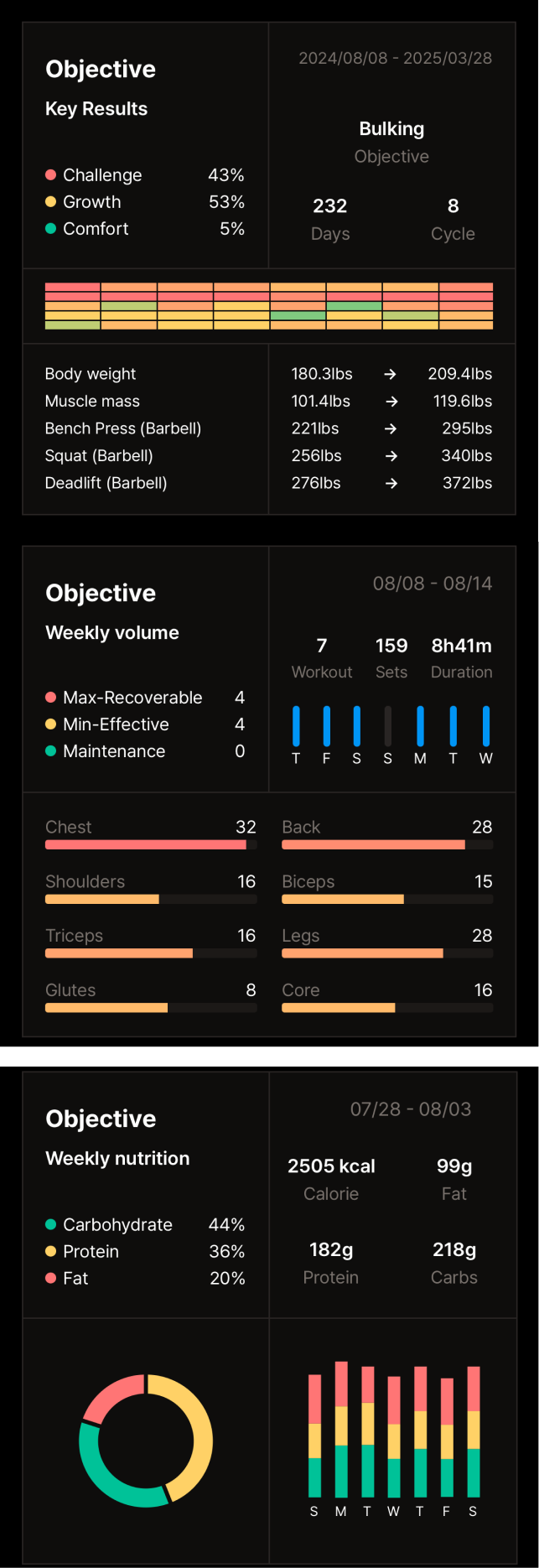What Are Rep Schemes? (3x10, 5x5, 8x12, etc.)
Introduction:
In the world of fitness, rep schemes are like the secret sauce that can transform your workout routine. Whether you're a beginner just starting your fitness journey or someone with experience looking to optimize their training, understanding these schemes can be a game-changer. This blog will unravel the mysteries behind numbers like 3x10 or 5x5, explain their significance, and help you choose the right one for your goals. Imagine having a personalized workout plan that not only fits your lifestyle but also maximizes results. Ready to dive into the world of rep schemes?
What Are Rep Schemes?
Defining Rep Schemes
Rep schemes are the backbone of any effective workout program. They dictate how many repetitions (reps) and sets you perform for each exercise. A rep is one complete motion of an exercise, like one bicep curl. A set is a group of consecutive reps. Rest periods, the time you rest between sets, are also a crucial component of a rep scheme. Understanding these terms is fundamental to building a successful training program.
The Science Behind Rep Schemes
Rep schemes influence both muscle growth (hypertrophy) and strength gains. Workout volume, the total weight lifted, and intensity, the weight used relative to your one-rep max (1RM), are directly impacted by your chosen rep scheme. Manipulating these factors through different rep schemes allows you to target specific training adaptations. For instance, higher volume generally promotes hypertrophy, while higher intensity favors strength development.
Exploring Different Rep Schemes
Classic Rep Schemes Unpacked
Let's explore some common rep schemes: 3x10 means 3 sets of 10 reps. This scheme is often used for hypertrophy. 5x5 is popular for strength training, focusing on heavier weights for fewer reps. 8-12 reps offers a balance of hypertrophy and strength development. Each scheme emphasizes different aspects of muscle development, making it essential to choose the right one for your goals.
How to Choose the Right Scheme for You
Choosing the right scheme depends on your fitness level, goals, and preferences. Beginners should start with higher rep ranges (8-12) to build a solid foundation and learn proper form. Those focused on strength may opt for lower reps (1-5). If muscle growth is your primary goal, moderate reps (6-12) are often recommended. Consider your personal preferences and how each scheme feels.
The Benefits of Various Rep Schemes
Low Rep Schemes for Strength
Low rep schemes (1-5 reps) with heavy weights are the cornerstone of strength training. Lifting heavy loads forces your nervous system to adapt, resulting in increased strength without necessarily increasing muscle size. However, proper form is crucial to avoid injury.
High Rep Schemes for Endurance
High rep schemes (15-20+ reps) with lighter weights improve muscular endurance. This means your muscles can perform work for longer periods. This is beneficial for athletes in endurance sports or individuals looking to improve their overall fitness. 
Moderate Rep Schemes for Hypertrophy
Moderate rep schemes (6-12 reps) are generally considered ideal for hypertrophy. This rep range provides a sweet spot for stimulating muscle growth while also promoting strength gains. This scheme is versatile and suitable for most training goals.
Advanced Techniques in Rep Schemes
Pyramid Sets and Drop Sets
Pyramid sets involve gradually increasing or decreasing the weight or reps across multiple sets. Drop sets involve performing a set to failure, immediately reducing the weight, and continuing for another set to failure. These techniques can add variety and intensity to your workouts, pushing your muscles further.
Progressive Overload and Its Role
Progressive overload is the principle of gradually increasing the demands placed on your muscles over time. This can be achieved by increasing the weight, reps, sets, or decreasing rest time. It’s essential for continuous progress and avoids plateaus. Apply this principle to your rep schemes by consistently challenging yourself.
Creating Customized Rep Schemes
Tailoring Rep Schemes to Your Goals
Designing a personalized workout plan involves considering your training goals, experience level, and available equipment. Start by selecting exercises that target your desired muscle groups. Then, choose rep schemes that align with your goals. For example, if you're aiming for overall fitness, incorporate a variety of rep ranges.
Tracking Progress and Making Adjustments
Tracking your workouts is crucial for evaluating progress and making necessary adjustments. Note the weight, reps, and sets you complete for each exercise. If you're not seeing progress, consider adjusting your rep schemes, increasing the weight, or changing exercises. Consistency and adaptation are key.
Conclusion:
Understanding and utilizing the right rep schemes can dramatically impact your fitness journey. By aligning your workout structure with your personal goals—whether it's building strength, increasing endurance, or sculpting muscle—you can optimize your results and stay motivated. Remember, the key is consistency and making informed choices. For those eager to learn more, exploring topics like nutrition and recovery can further enhance your training. Start experimenting with different rep schemes today, and watch your progress unfold! Remember that correct form is always paramount, so don’t sacrifice form for heavier weights or more repetitions. If you are unsure about the correct form for any exercise, it’s always best to consult a qualified fitness professional. By combining the right rep schemes with consistent effort and a balanced approach, you’ll be well on your way to achieving your fitness aspirations.

